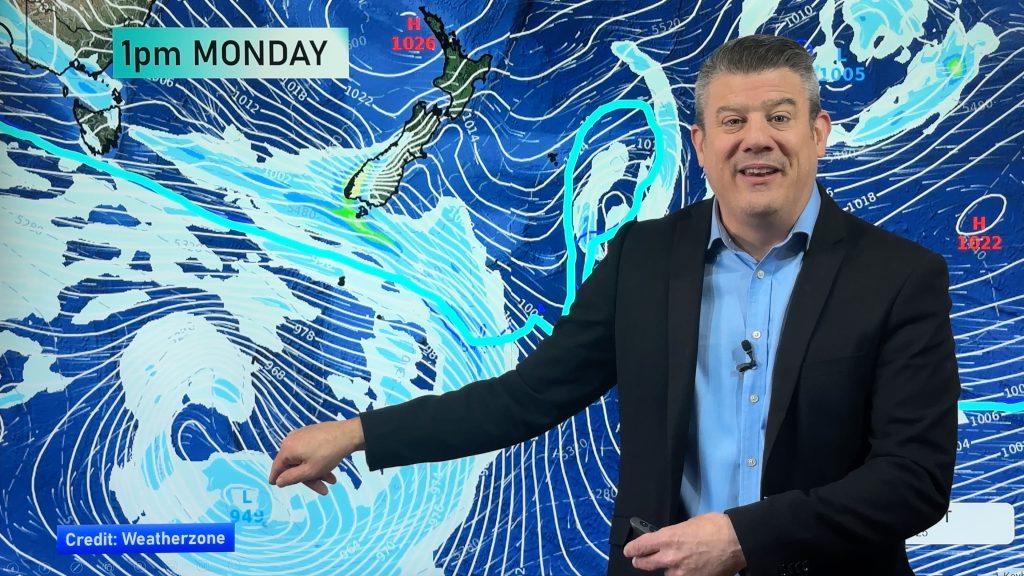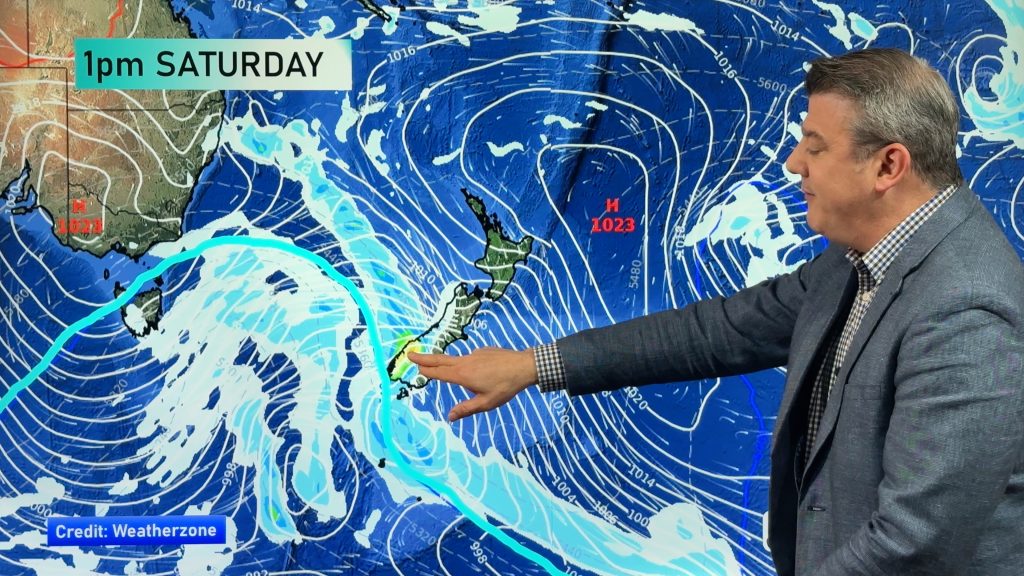
> From the WeatherWatch archives
At least 10 people were killed as a fierce storm tore across northern Europe, causing mass disruption to transport.
Four people were killed in Britain and three in Germany as heavy rain and high winds battered the region. Another three died in Denmark, France and The Netherlands.
Rough conditions at sea forced rescuers to abandon the search for a 14-year-old boy who disappeared while playing in the surf on a southern English beach on Sunday.

British Prime Minister David Cameron described the loss of life as “hugely regrettable”.
Winds reached 99 miles (159 kilometres) per hour on the Isle of Wight off the southern English coast, according to Britain’s Met Office national weather centre, while more than 500,000 homes in Britain and France were left without power.
Heavy rain and winds of 80 mph elsewhere brought down thousands of trees and left hundreds of passengers trapped in planes at Copenhagen airport.
In Britain, a 17-year-old girl died after a tree fell on the parked caravan where she was sleeping, while a 51-year-old father of three died when a tree hit his car, police said.
The bodies of a man and a woman were later found in the rubble of three houses in London that collapsed in an explosion thought to have been caused after a gas pipe was ruptured in the storm.

A woman in Amsterdam was killed by a falling tree as she walked along a canal, while in Germany three people were killed when trees fell on their cars.
In France, a 47-year-old woman was swept away by waves on the island of Belle-Ile in Brittany and her body was found on a beach several hours later.
The storm claimed a ninth victim in Denmark when a man was hit by a flying brick as a wall collapsed in the port town of Gilleleje.
Some 460,000 homes lost power across Britain, with a further 75,000 homes affected in northern France, according to industry organisations. Thousands were later re-connected.
The electricity also went down at a nuclear power station in southeast England.
Dungeness B station automatically closed down both its reactors, leaving its diesel generators to provide power for essential safety systems.
Transport chaos
The storm sparked mass cancellations of train services across southern England, Denmark, The Netherlands and parts of Germany, while a spokeswoman for Copenhagen’s main airport said some 500 people were trapped in their planes when strong winds made it impossible to connect stairways to the exits.
London’s Heathrow airport cancelled 130 flights, about 10 percent, while delays were reported on the Eurostar cross-Channel train service due to speed restrictions.
More than 450 people were stranded on two ferries outside the English port of Dover after it closed for more than two hours, finally docking shortly after 9:00 am (8pm NZT).
Even Buckingham Palace in London was affected, although Queen Elizabeth II was not staying there at the time.

A spokeswoman said several slates fell off the roof and two of the windows were cracked.
And Britain’s Deputy Prime Minister Nick Clegg had to cancel his monthly press conference because the government building where he works was closed after a crane fell on the roof.
The Met Office said 50 millimetres (almost two inches) of rain fell in some areas of Britain overnight, while the Environment Agency issued around 130 flood alerts.
The storm was named Christian in France and dubbed St Jude by the British media, after the patron saint of lost causes whose feast day is on Monday.
It had been predicted to be the worst for a decade but the devastation was not as bad as many feared, and fell far short of that caused by the “Great Storm” of October 1987.
During that storm, 22 people died in Britain and France and the damage was estimated at $1 billion.
– Pictures: Daily Telegraph
– NZ Herald
Comments
Before you add a new comment, take note this story was published on 29 Oct 2013.





Add new comment